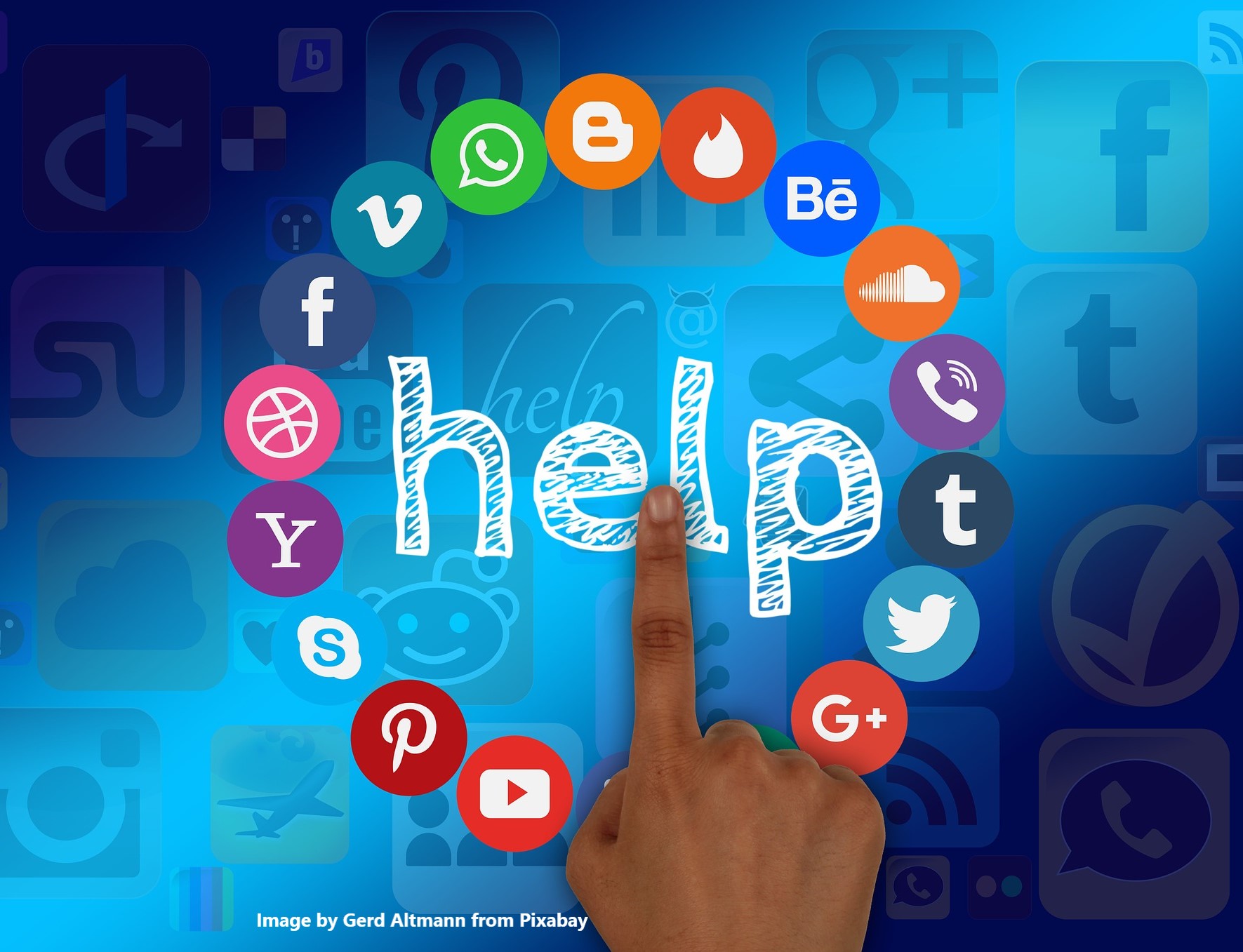Ensuring internet safety for kids

Helping your kids stay safe online
“Checking in on what our kids are doing online isn't helicoptering, it's parenting.”
― Galit Breen, Kindness Wins
As parents we may need to upskill ourselves for ensuring internet safety for kids across the internet and across social media platforms.
For many of our kids, surfing the net for a new game app or homework content for school is the new way of life. It might even be just chatting to their friends after coming home from school.
Schools play a role in educating our kids on safe use of internet. Research has shown that most of a child’s online usage takes place outside school. Therefore, we as parents need to educate our children about the boundaries, so that they can enjoy a balanced lifestyle and remain safe.
More recent research suggests that a child, on average, spends about 3 hours per day on the internet. This can really cut back on family conversations, bonding time as well as outdoor play time. Here are a few tips to share with you that talk about both internet and social media usage:
1. Internet
 We need to educate ourselves on how best to ensure that our internet is secure. Many Internet service providers (ISPs) now have filtering as standard. Parents can call their ISP and enquire. Most routers provided by ISPs have "Parental Controls" which give basic protection.
We need to educate ourselves on how best to ensure that our internet is secure. Many Internet service providers (ISPs) now have filtering as standard. Parents can call their ISP and enquire. Most routers provided by ISPs have "Parental Controls" which give basic protection.
 Start by setting boundaries for how our children use the internet. Do this by setting time limits and sticking to them. This will help in creating a routine that the child will soon get used to. For example, permit your child to have free online time (e.g., 30 minutes right after school) to interact with friends, play games, or visit social networking sites, but make it a rule that family time starts with dinner.
Start by setting boundaries for how our children use the internet. Do this by setting time limits and sticking to them. This will help in creating a routine that the child will soon get used to. For example, permit your child to have free online time (e.g., 30 minutes right after school) to interact with friends, play games, or visit social networking sites, but make it a rule that family time starts with dinner.
 Keep your home computer in the main area of your house so that any content being searched for can be seen by other members of the family. This helps you in monitoring the time spent online, chosen activities, and online behaviour.
Keep your home computer in the main area of your house so that any content being searched for can be seen by other members of the family. This helps you in monitoring the time spent online, chosen activities, and online behaviour.
 Create individual profiles on any device which accesses the internet. For example, on the Amazon Fire you can create a child's profile and the administrator (the parent) installs apps onto the child's profile. This restricts what is available to the child on their devices.
Create individual profiles on any device which accesses the internet. For example, on the Amazon Fire you can create a child's profile and the administrator (the parent) installs apps onto the child's profile. This restricts what is available to the child on their devices.
 Check out different sites, games, and apps that your child is using. The more familiar you are with them, the easier it is for you to guide your children. Check privacy settings and recommended age restrictions.
Check out different sites, games, and apps that your child is using. The more familiar you are with them, the easier it is for you to guide your children. Check privacy settings and recommended age restrictions.
 Teach children to stay in groups when playing games online. In the same way that we teach them to stay together when out in town with their friends. We need to do this with online gaming too – teach them not to go off and play with someone they do not know.
Teach children to stay in groups when playing games online. In the same way that we teach them to stay together when out in town with their friends. We need to do this with online gaming too – teach them not to go off and play with someone they do not know.
 Check browser history to know where your child goes online, and check the sites regularly.
Check browser history to know where your child goes online, and check the sites regularly.
2. Social Media
 Talk to your child about social media safety. An open and honest conversation about being safe online will allow you to learn together and trust in their usage of devices and technology. Do this without frightening them. For example, just let them know that you have been hearing about online safety and ask what they think the risks are and what they do to keep safe.
Talk to your child about social media safety. An open and honest conversation about being safe online will allow you to learn together and trust in their usage of devices and technology. Do this without frightening them. For example, just let them know that you have been hearing about online safety and ask what they think the risks are and what they do to keep safe.
 Check privacy settings and recommended age restrictions. (Facebook, Instagram and Snapchat is recommended for 13 years and up, Youtube has some video contents for 18 years and over.)
Check privacy settings and recommended age restrictions. (Facebook, Instagram and Snapchat is recommended for 13 years and up, Youtube has some video contents for 18 years and over.)
 Make sure to turn off location settings and other notifications if you don’t think are necessary.
Make sure to turn off location settings and other notifications if you don’t think are necessary.
 Explain to your child how much should they be sharing online and what happens to information once posted or shared. Talk to them about respectful interactions and responsible behaviour and encourage them to think critically about what they read and see online. Not everything they read may be true, what they share will always be there, and that not everyone is who they say they are online.
Explain to your child how much should they be sharing online and what happens to information once posted or shared. Talk to them about respectful interactions and responsible behaviour and encourage them to think critically about what they read and see online. Not everything they read may be true, what they share will always be there, and that not everyone is who they say they are online.
 Come up with a plan around safety. Talk about ways to not only stay safe but also how to respond to anything that happens that may concern them. Let them know they can talk to you or another adult they can trust. Encourage them to be proactive about keeping their online space safe and teach them how to report anything that make them feel uncomfortable.
Come up with a plan around safety. Talk about ways to not only stay safe but also how to respond to anything that happens that may concern them. Let them know they can talk to you or another adult they can trust. Encourage them to be proactive about keeping their online space safe and teach them how to report anything that make them feel uncomfortable.
 Ensure they don’t use screen names that reveal age, gender, or hometown. Let them know if posts aren't marked as private, personal information can be displayed to an unrestricted audience of readers.
Ensure they don’t use screen names that reveal age, gender, or hometown. Let them know if posts aren't marked as private, personal information can be displayed to an unrestricted audience of readers.
 Know who your child talks to online. Review their buddy list: do they really know everyone, or are some buddies "friends of friends"? Have them remove anyone they have not met in person.
Know who your child talks to online. Review their buddy list: do they really know everyone, or are some buddies "friends of friends"? Have them remove anyone they have not met in person.
 Tell your children not to exchange personal information like a phone number, address, best friend's name, or pictures. No party invitations, revealing details, or meeting in person.
Tell your children not to exchange personal information like a phone number, address, best friend's name, or pictures. No party invitations, revealing details, or meeting in person.
Online safety is about helping children understand the risks and develop the tools to safely use internet and social media. It is important for them to be aware of the dangers and know how best to avoid them.
This is a role that adults, and particularly parents/guardians, can play in helping keep children safe online, as they would in the offline world.
GSR Tips & Tricks
When setting goals, use Goalstar list of goals like 'Reduce Mobile Time' for your child. Goalstar Rewards helps you and your children set up goals and achieve them. Register now for a 4 weeks free trial!
More Cyber safety tips
(1) The eSafety Commissioner provides information on how internet users can protect themselves and their information when using social media networking sites, search engines and online games. Check out this information on Online Safety Tips
(2) Consumer Notice have a very useful page that covers internet safety for kids to educate parents not only about online dangers, but also to provide tips on how to talk to their children about them
 \
\
